Did you know that some letters have been sent in tins? This is the case of the Tin Can Mails featured in this article written by Alain Israël, President of the Red Cross Thematic Club.
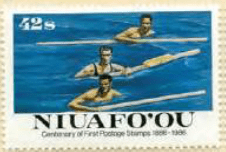
A little history
The Tonga archipelago comprises more than 170 isolated islands in Polynesia and is part of Oceania.
The islands were first inhabited around 2,500 years ago. Gradually, the Polynesians of Tonga developed a strong and distinct ethnic identity and culture. A kingdom under British protectorate since 1851, Niuafo’ou, also known as Tin Can Mail Island and formerly Good Hope Island Espérance), is a volcanic island north of Tonga in the Pacific Ocean. It is formed by several volcanic lakes in the middle of the main crater, the cone of which collapsed following an eruption.
The cliffy coastline and lack of a lagoon make it very difficult for
boats. The volcano is still active and successive eruptions have left lava flows all over the south-western part. The island is also vulnerable to cyclones.
Populated around the 1st millennium by Polynesians, the island developed important relations with the surrounding islands, particularly Wallis. In the 13th or 14th century, Niuafo’ou was conquered by the Tongans, who installed several chiefs, including Fotofili and then Fusitu’a. Isolated and difficult to access, Niuafo’ou lived in relative independence from Tongan rule until the 20th century, developing its own language and culture. During the 19th century, Protestant and then Catholic missionaries converted the population to Christianity
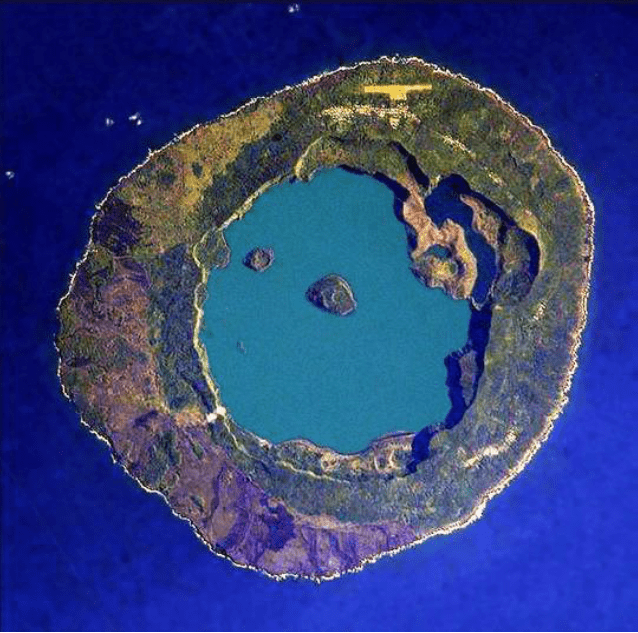
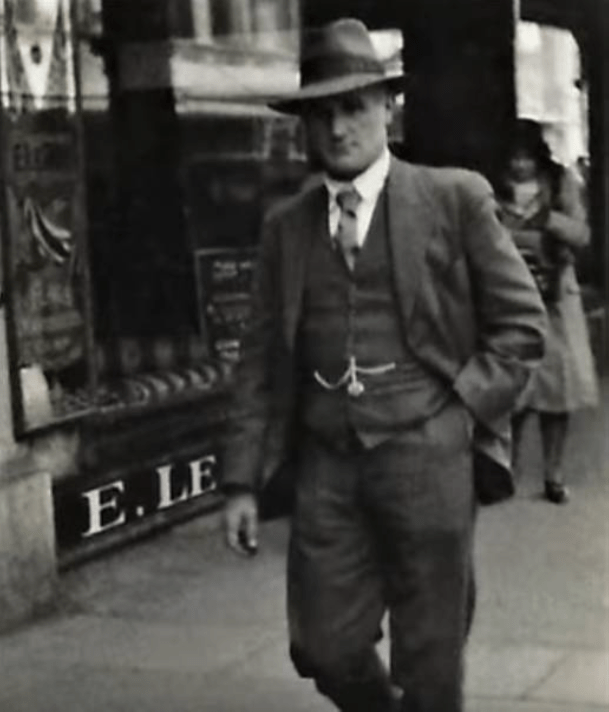
In 1882, William Travers, the manager of a large plantation, found himself “abandoned” on one of these small islands halfway between Fiji and Samoa, with no communication with the outside world. He could see ocean liners passing by, but none ever docked because the island had no harbour or beach. He had an original idea and asked the Tonga postal authorities to send him his mail in tin biscuit tins, which would be carried ashore by swimmers. Thus was born the TIN CAN MAIL service.
Canned mail
Communication wasn’t as simple as it is today and without the use of modern technology, sending mail was an important way of keeping in touch with each other in the late 19th century. But imagine being on an island so isolated that delivering mail was a real challenge. On the Tongan island of Niuafo’or there is no deep-water harbour, mail was thrown overboard from ships a mile from shore.
Wrapped in greaseproof paper and placed in metal boxes, the mail was collected by swimmers approaching the ships. This was not so unusual for the islanders, as many were fishing in the water. However, in the face of strong currents and shark-infested waters, retrieving abandoned mail could take up to 6 hours.
During the 1930s and 1940s, it became a tourist attraction as cruise line passengers enjoyed watching the “natives” collect the mail. Soon, most cruise ships made a point of calling at “Tin Can Island” to witness this spectacle. Because of the unusual collection possibilities, the mail began to be marked as “Tin Can Mail”, leading collectors to become very interested in this exotic mail system. The added ‘cachets’ showed that it had made the journey.
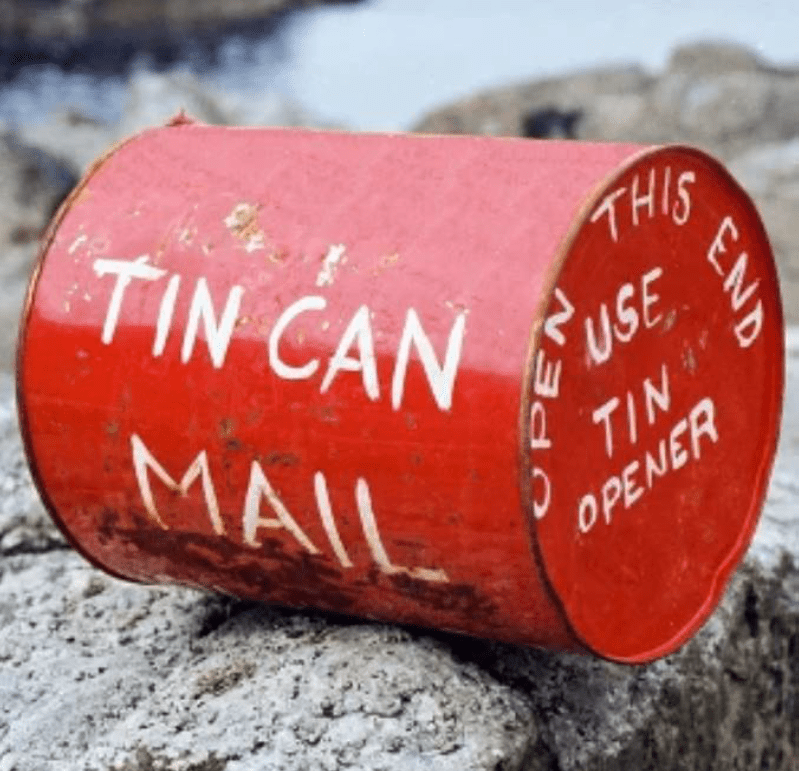
Unfortunately, in the early 1930s, a swimmer was bitten by a shark and his wound proved fatal. This led the Tongan government to ban swimming to collect mail. It was then only allowed in canoes and the “Tin Canoe Mail” stamp was used. This novelty was much sought after by collectors around the world.
After a shark killed a native swimmer in 1931, mail transfers were maintained, no longer by swimming with a buoy to pull the tin box containing the mail, but by pirogue.
The operation was run by a German by the name of Walter George QUENSELL who arrived in 1928 and had become largely commercial.
The Kingdom became independent on 4 June 1970. The service ended in 1983 when an airstrip was built on the island.
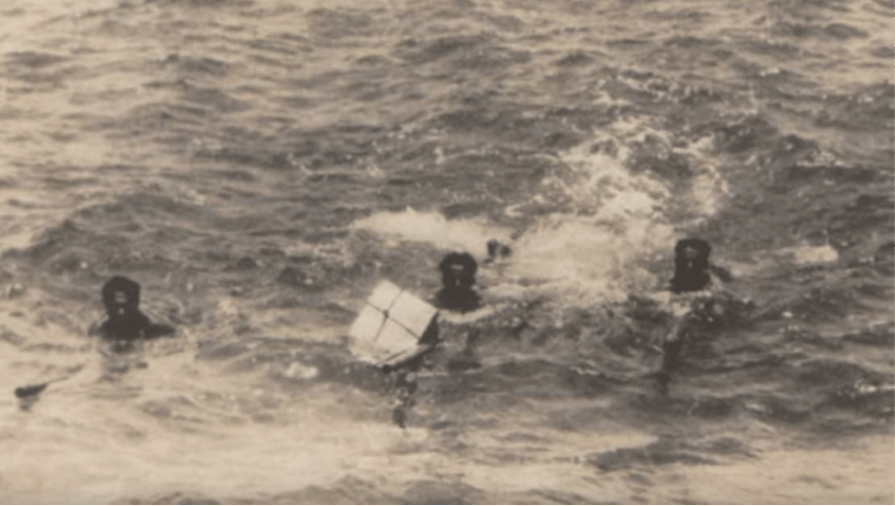
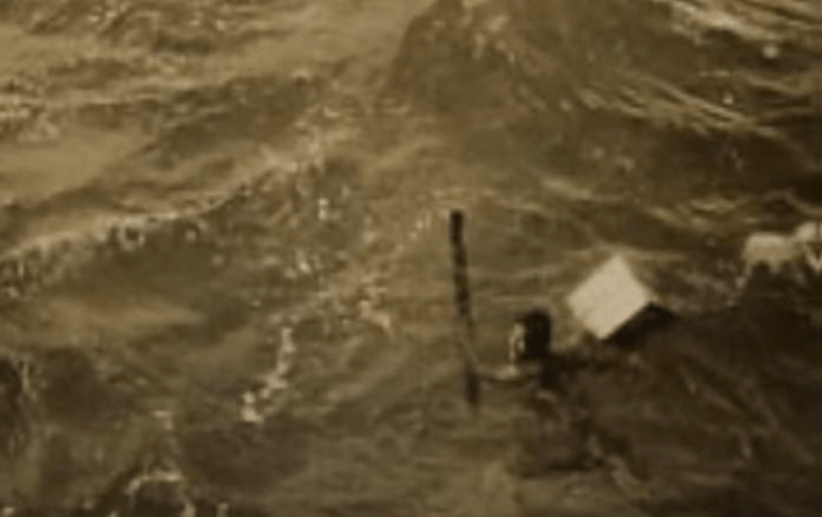
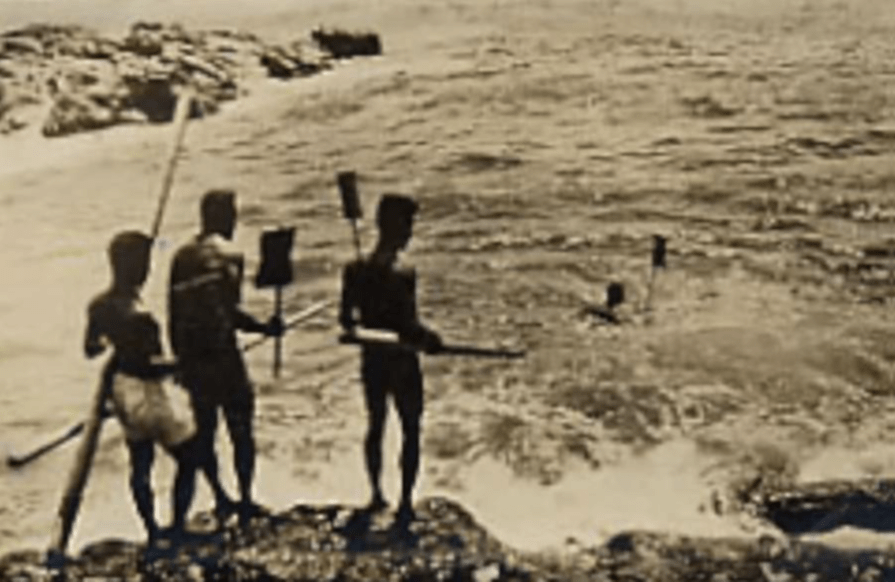
Some letters from the time
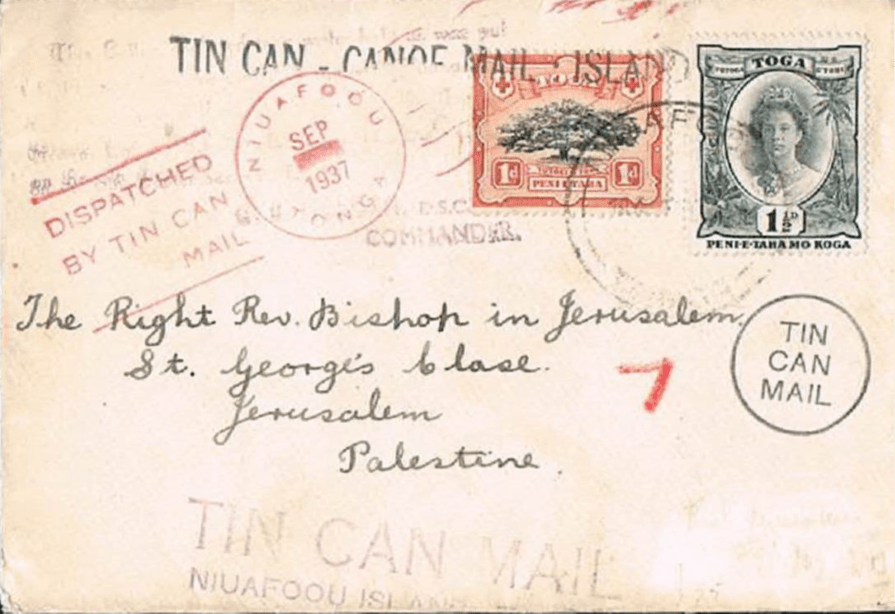
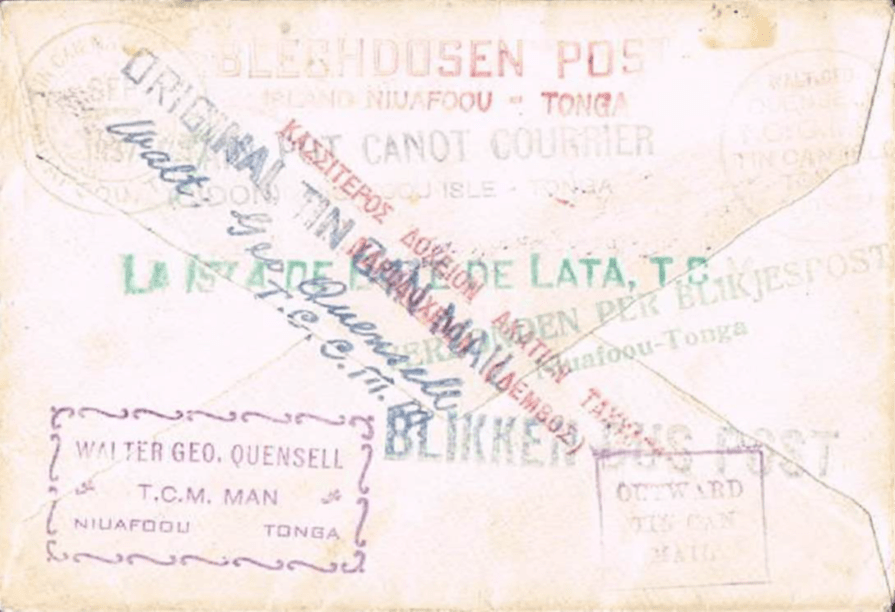
Illustrated letter addressed to the Most Reverend Bishop in Jerusalem, Palestine and it is franked with two Tonga stamps of 1 and 1½ pa’angas, cancelled at Niuafo’ou, Tonga in September 1937. Several stamps on the front and back attest to its carriage by TIN CAN MAIL. The 1½ p. black “Reine Salote” stamp with turtle watermark, perforation 14 and the other 1 p. red-brown and black “Breadfruit Tree” in aid of the Red Cross with turtle watermark, also perforation 14. This same stamp was issued for the wedding of King George II, overprinted “T – L 1 June. 1899” (the letter T is the initial of King Taufa’ahua’s surname; the letter L, that of Queen Lavinia’s surname. On this block of four stamps in aid of the Red Cross, there is an error on the lower left stamp on this 1889 date.
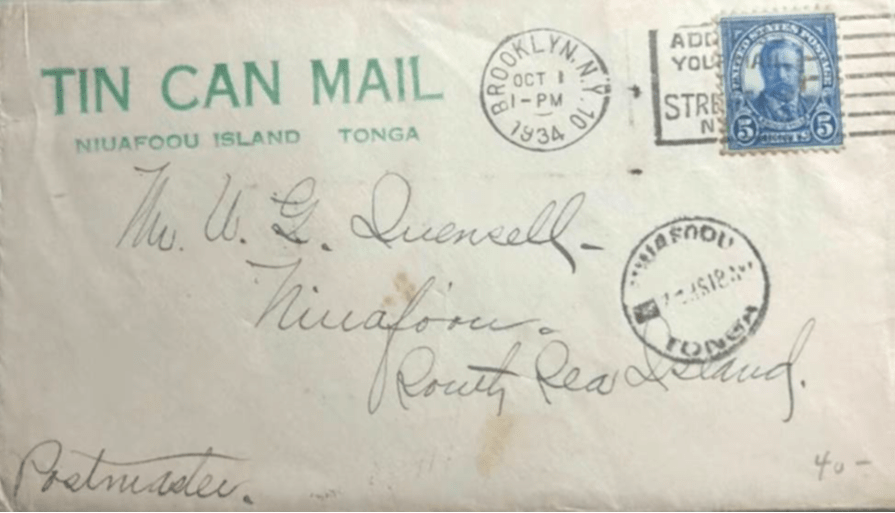
This letter left Brooklyn YN. on October 1, 1934 for Niuafo’ou Island Tonga, franked with the United States of America 5 c. blue “Th. Roosevelt” type stamp. Relatively few letters are known.
Letter left Niuafo’ou on 13 August 1934 from Tonga for Chicago USA, franked with the “Reine Salote” type stamp at 2½ p. ultramarine cancelled with the Niuafoou claw and the purple “Tin Can Canoe Mail” cachet.
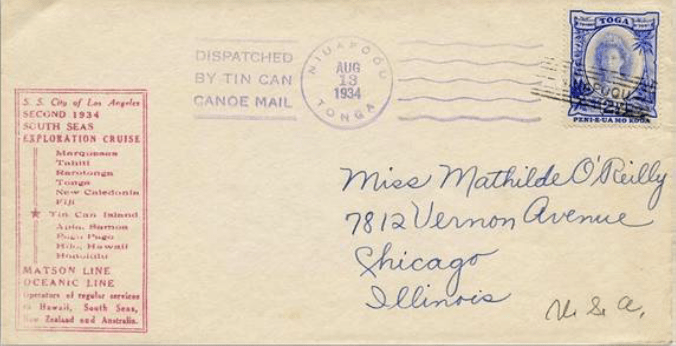
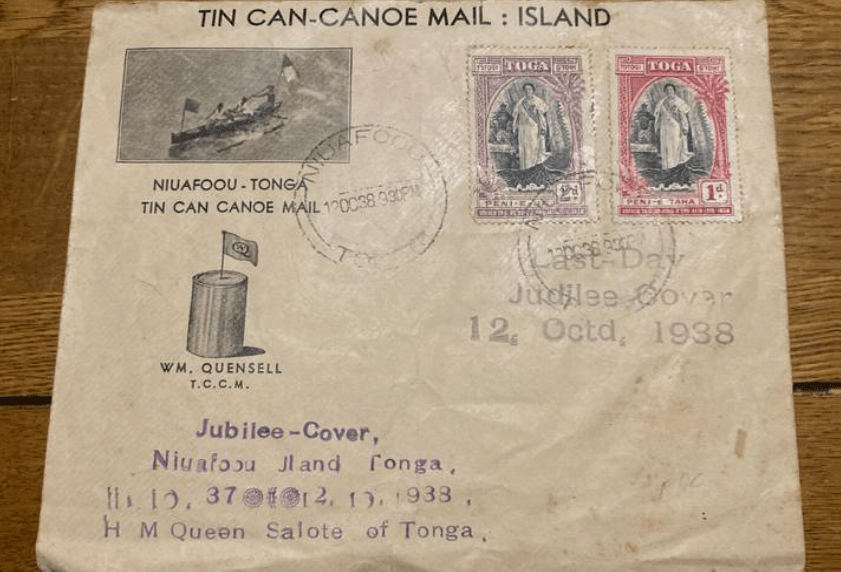
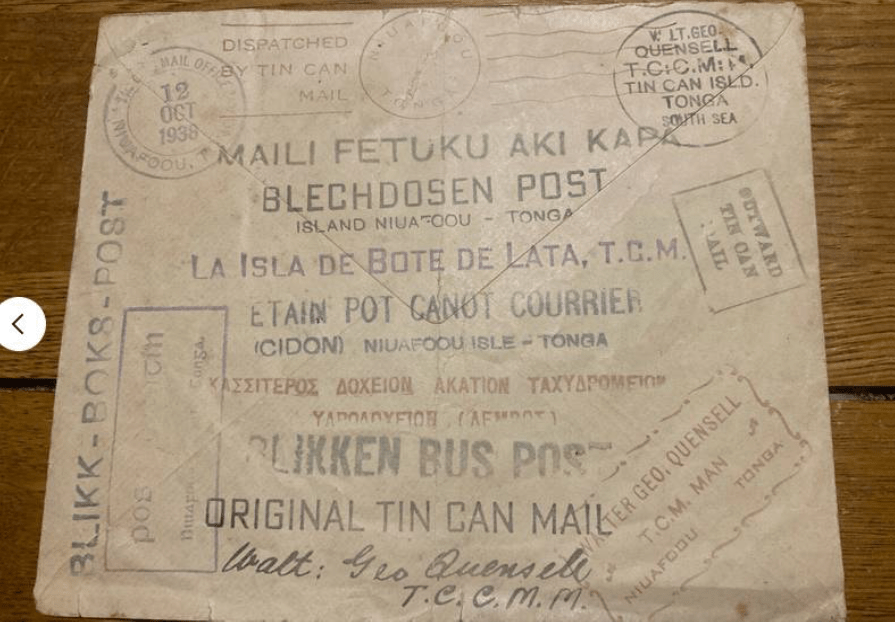
Jubilee letter from Tonga, 12 October 1938, with a typographical error on the Judilee postmark .
Verso of “Tin Can Canoe Mail” Island letter from Niuafo’ou to Tonga, with numerous cancels.
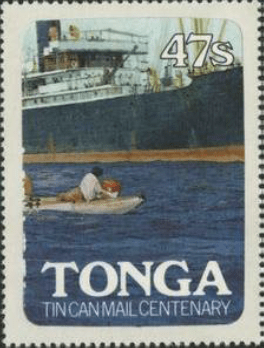
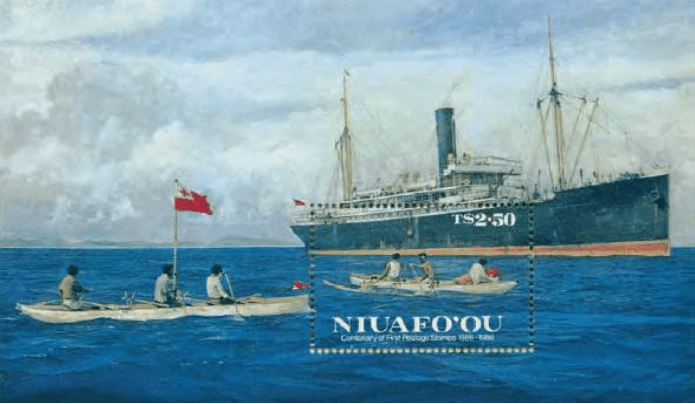
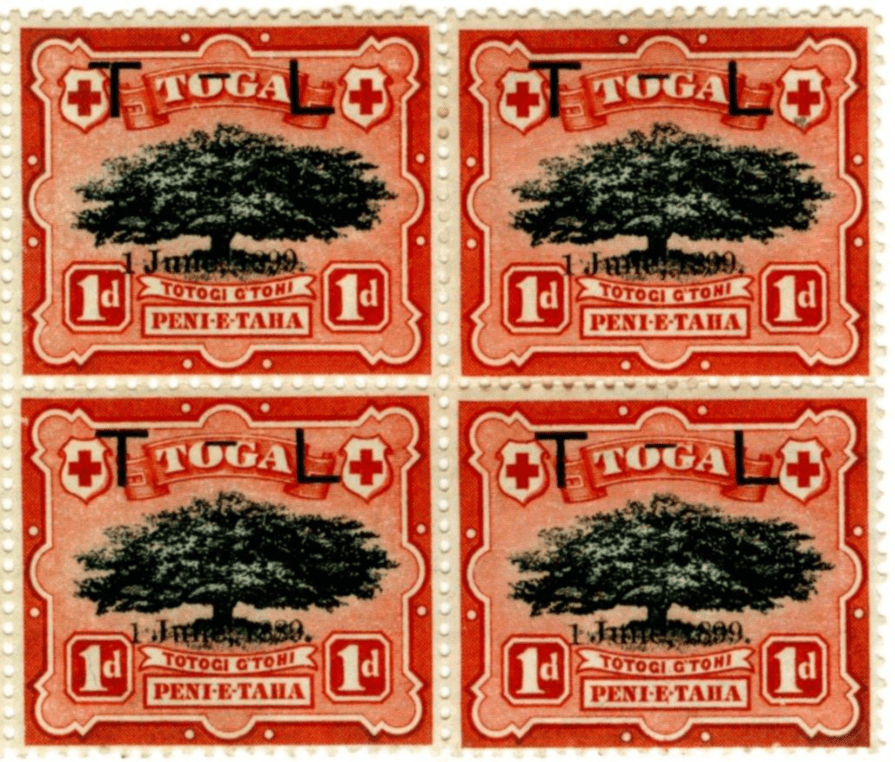
Sources
Israel Philatlist-Autumn 2023
Can mail
Wikipédia





